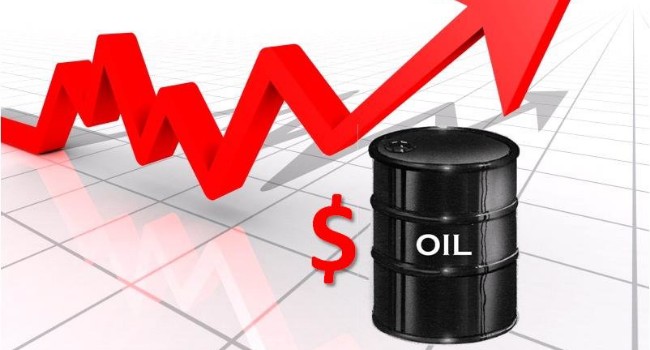Oil prices recorded a slight increase in the global commodity market on Thursday, as the Organisation of the Petroleum Exporting Countries and its allies (OPEC+) geared up to boost crude supply beginning in May.
A number of member states are urging the group to approve another accelerated output increase for June at a future meeting, according to Reuters sources. U.S. West Texas Intermediate (WTI) increased by 9 cents, or 0.14%, to $62.36 a barrel, while Brent crude futures increased by 8 cents, or 0.12%, to $66.20 per barrel.
The gains came after a 2% price drop in the previous session, following reports that OPEC+ may fast-track production hikes for the second consecutive month.
“While yesterday’s risk-on move lifted most risk assets, oil lagged behind due to disagreements within OPEC+,” analysts at ING noted.
One of the key holdouts appears to be Kazakhstan, responsible for roughly 2% of global oil output. The country has frequently exceeded its production quota over the past year and stated it would prioritize national over OPEC+ interests in future decisions, according to Reuters.
On the U.S. front, Energy Information Administration (EIA) data released Wednesday showed commercial crude oil inventories rose by 200,000 barrels to 443.1 million barrels during the week ending April 18, defying market expectations of a 700,000-barrel decrease.
Strategic petroleum reserves climbed by 500,000 barrels to 397.5 million, while gasoline inventories declined by 4.5 million barrels to 229.5 million barrels.
Meanwhile, U.S. crude oil production dipped slightly by 2,000 barrels per day (bpd) to 13.46 million bpd. Imports dropped by 412,000 bpd to 5.59 million bpd, and exports saw a more significant decrease of 1.55 million bpd, falling to 3.55 million bpd. In its April 10 Short-Term Energy Outlook (STEO), the EIA projected that U.S. crude output would average 13.5 million bpd in 2025.

